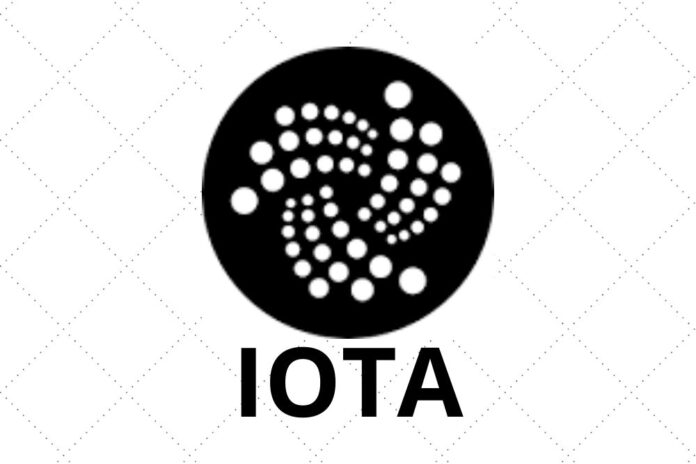This is a highlight of the IOTA Foundation’s recent report on energy consumption by its work-based distributed ledger technology.
Calls to mitigate carbon emissions and the environmental impact of blockchain mining have led to work-based distributed ledger technology (DLT) being repeatedly suggested as a potential alternative for Web3, the Internet of Things, decentralized finance (DeFi), and crypto.
Read Also: IOTA: Status Update about the Progress in Goshimmer by Hans Moog
Until recently, it hasn’t always been clear exactly how much energy consumption would be reduced by this technology.
To fix this and to make the case for distributed ledger technology as not only a viable alternative but the greenest way forward, the IOTA Foundation has released the comprehensive metrics on energy and power consumption by the IOTA 2.0 prototype.
IOTA’s report demonstrates how an IOTA 2.0 network with 100-plus nodes could consume less energy than a single-person household on an annual basis, equivalent to approximately 0.000009% of the currently estimated annual energy consumption of the Bitcoin network.
Read Also: European Commission Selects IOTA for Blockchain Infrastructure Project
The global Bitcoin network, for context, consumes nearly as much energy annually as the entire population of South Africa in the same amount of time. Distributed ledger technology’s advantage over blockchain-based tech is that it does not rely on Proof of Work, and this makes an enormous difference.
Follow us on Twitter, Facebook, Telegram, and Google News


